
Burnt Pine: Heartbeat of Norfolk Island
Discover Burnt Pine, the vibrant heart of Norfolk Island, where rich history, local culture, and natural beauty blend seamlessly into an unforgettable travel experience.
Burnt Pine is the bustling hub of Norfolk Island. This charming town offers a blend of both modern conveniences and the island's rich history. As the commercial center, it is the perfect spot to begin your exploration of this stunning island paradise. Stroll along the main street, Taylors Road, where you will find a delightful array of shops, cafes, and restaurants. Each establishment offers a unique taste of the local culture, from handmade crafts to gourmet meals featuring fresh local produce. Don't miss the weekly farmers' market, a vibrant gathering of islanders showcasing their best wares. Nature lovers will appreciate the lush greenery and scenic views that surround Burnt Pine. A short drive will take you to the island's many natural attractions, including the breathtaking Emily Bay and the historic ruins of Kingston. For a deeper dive into the island's past, visit the museums and heritage sites that tell the story of Norfolk's fascinating history. Burnt Pine is also known for its warm and welcoming community. The locals are friendly and eager to share their island home with visitors. Whether you're seeking relaxation or adventure, Burnt Pine offers a unique blend of both, making it an unforgettable destination.
Local tips in Burnt Pine
- Visit the weekly farmers' market for fresh produce and local crafts.
- Hire a car to explore the island's natural attractions and historic sites easily.
- Take a guided tour to learn more about Norfolk Island's unique history and culture.
- Try the local seafood at one of Burnt Pine's many restaurants.
- Bring comfortable walking shoes for exploring the town and surrounding areas.
Burnt Pine: Heartbeat of Norfolk Island
Burnt Pine is the bustling hub of Norfolk Island. This charming town offers a blend of both modern conveniences and the island's rich history. As the commercial center, it is the perfect spot to begin your exploration of this stunning island paradise. Stroll along the main street, Taylors Road, where you will find a delightful array of shops, cafes, and restaurants. Each establishment offers a unique taste of the local culture, from handmade crafts to gourmet meals featuring fresh local produce. Don't miss the weekly farmers' market, a vibrant gathering of islanders showcasing their best wares. Nature lovers will appreciate the lush greenery and scenic views that surround Burnt Pine. A short drive will take you to the island's many natural attractions, including the breathtaking Emily Bay and the historic ruins of Kingston. For a deeper dive into the island's past, visit the museums and heritage sites that tell the story of Norfolk's fascinating history. Burnt Pine is also known for its warm and welcoming community. The locals are friendly and eager to share their island home with visitors. Whether you're seeking relaxation or adventure, Burnt Pine offers a unique blend of both, making it an unforgettable destination.
When is the best time to go to Burnt Pine?
Iconic landmarks you can’t miss
The Olive
Discover the flavors of Norfolk Island at The Olive, where local ingredients meet exceptional culinary artistry in a cozy setting.
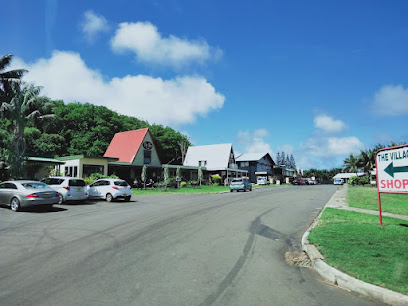
The Bowlo Bistro
Discover the flavors of Norfolk Island at The Bowlo Bistro, where fresh local ingredients meet friendly service in a cozy atmosphere.
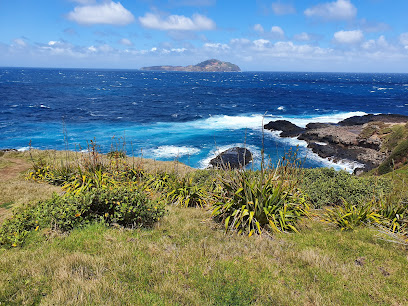
Bounty Bar & Grill
Savor the exquisite flavors of Western cuisine at Bounty Bar & Grill, a delightful dining experience in the heart of Norfolk Island.
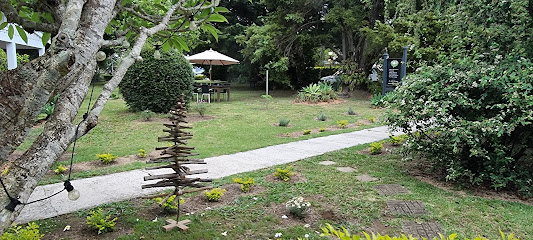
Cumberland Resort and Spa
Experience the ultimate getaway at Cumberland Resort and Spa, where luxury meets nature on picturesque Norfolk Island.

Norfolk Island National Park
Discover the natural beauty and historical significance of Norfolk Island National Park, a must-visit destination for nature lovers and history enthusiasts.
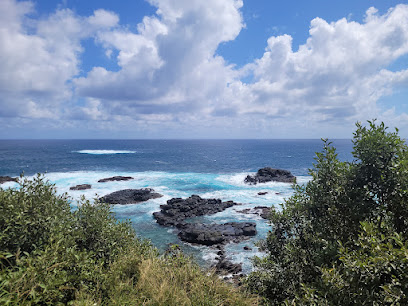
Castaway Norfolk Island & Norfolk Island Brewing
Experience the beauty of Norfolk Island at Castaway, a charming resort hotel and brewery offering relaxation and local flavors in a stunning setting.

The Golden Orb Cafe
Discover the flavors of Norfolk Island at The Golden Orb Cafe, a cozy retreat in Burnt Pine offering delicious meals and a warm atmosphere.
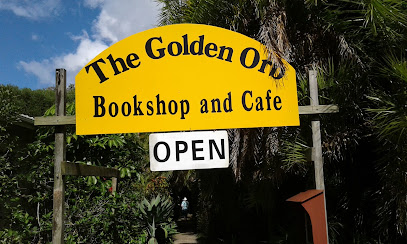
Norfolk Island International Airport
Discover the breathtaking beauty and rich heritage of Norfolk Island through its international airport, your gateway to a unique island experience.
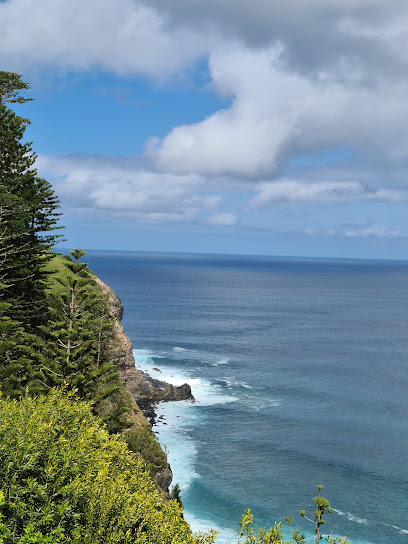
St Barnabas Chapel
Discover the serene beauty and historical significance of St Barnabas Chapel on Norfolk Island, a must-visit destination for every traveler.
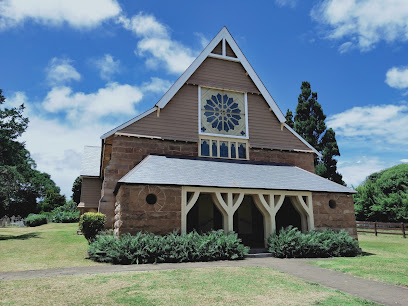
Aloha Apartments
Discover the comfort and beauty of Aloha Apartments on Norfolk Island, your ideal getaway for relaxation and exploration.
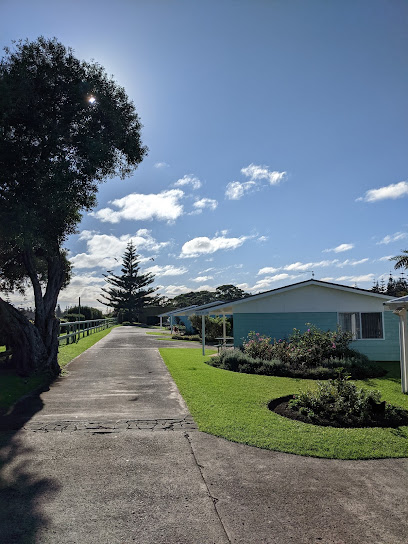
Mount Pitt Lookout
Experience the breathtaking panoramic views at Mount Pitt Lookout, Norfolk Island's serene park and tourist attraction for nature lovers.
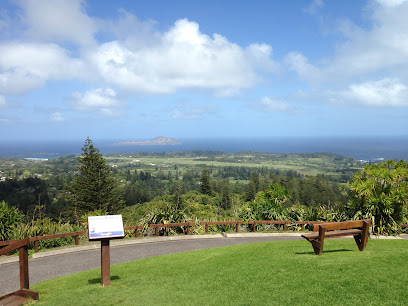
Bounty Museum
Explore the maritime legacy of Norfolk Island at the Bounty Museum, showcasing the incredible story of the HMS Bounty and its crew.
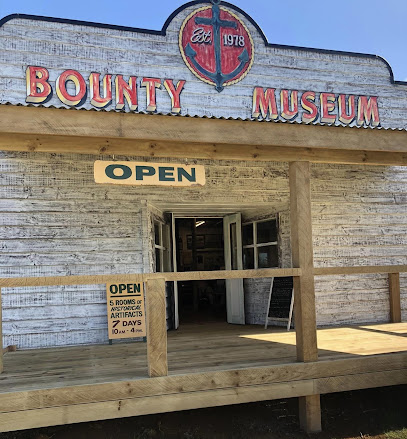
Visitor Information Centre
Explore Norfolk Island from the Visitor Information Centre – your essential guide to attractions, culture, and local experiences.

High Tide Kitchen
Experience the flavors of Norfolk Island at High Tide Kitchen, a cozy cafe serving fresh, local dishes in a relaxed atmosphere.
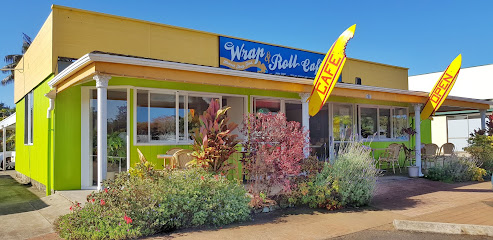
Queen Elizabeth Lookout
Discover the breathtaking views at Queen Elizabeth Lookout on Norfolk Island, a must-see vista point for every traveler seeking natural beauty.
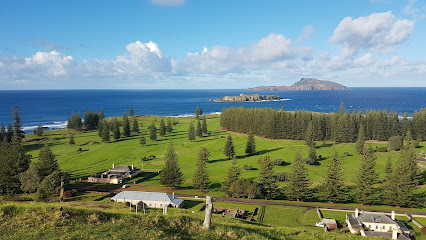
Unmissable attractions to see
Norfolk Island RSL Memorial Club
Discover the heart and soul of Norfolk Island at the RSL Memorial Club, where community, culture, and cuisine blend seamlessly.
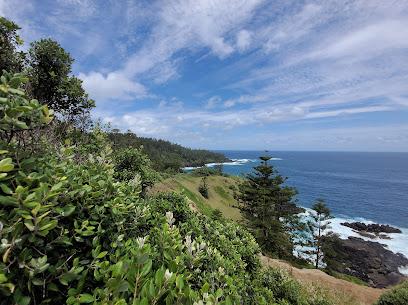
Norfolk Island Liquor Bond Store
Discover a delightful selection of local and imported beverages at Norfolk Island Liquor Bond Store in Burnt Pine, a must-stop for every visitor.
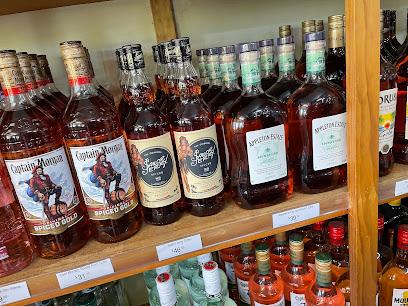
Bloody Bridge
Explore the rich history and stunning vistas at Bloody Bridge, a historical landmark in Kingston, Norfolk Island, where past meets natural beauty.
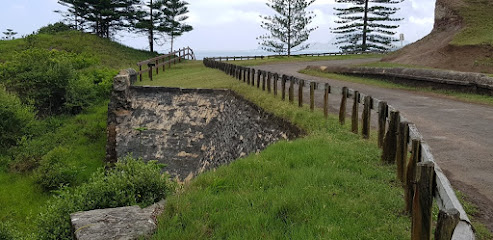
Kingston UNESCO World Heritage Site
Explore the Kingston UNESCO World Heritage Site, where history and stunning landscapes of Norfolk Island blend beautifully.
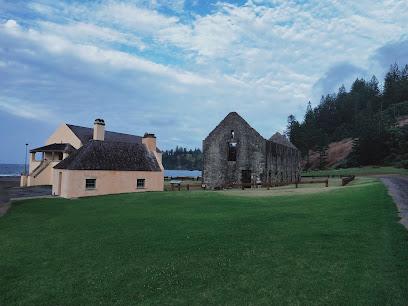
Norfolk Island Liquors
Explore the unique flavors of Norfolk Island at Norfolk Island Liquors, your go-to destination for local and imported beverages.

Kingston UNESCO World Heritage Site
Explore Kingston UNESCO World Heritage Site, where history meets natural beauty on Norfolk Island.

Queen Victoria's Garden (Queen Victoria Memorial Gardens)
Discover the serene beauty and rich history of Queen Victoria's Garden on Norfolk Island, a perfect retreat for nature lovers and history enthusiasts.

Juvenile Point
Experience the natural beauty and rich heritage of Juvenile Point on Norfolk Island, a serene tourist attraction perfect for nature lovers.

Garnet Point
Explore Garnet Point, a breathtaking coastal attraction on Norfolk Island, where stunning views and rich history await every traveler.

East End Point
Experience the breathtaking coastal views and serene atmosphere of East End Point, a stunning tourist attraction on Norfolk Island.

West End Point
Explore West End Point, a stunning coastal attraction on Norfolk Island, offering breathtaking views, rich history, and a serene escape into nature.

Essential places to dine
The Olive
Experience the flavors of Norfolk Island at The Olive – where fresh ingredients meet exceptional culinary artistry.

Hilli Restaurant & Cafe
Experience exquisite local cuisine with stunning views at Hilli Restaurant & Cafe on beautiful Norfolk Island.
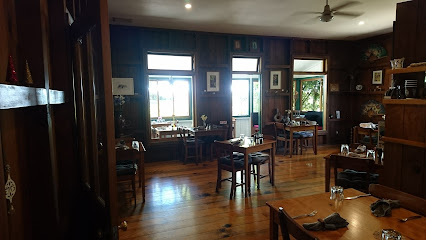
The Bowlo Bistro
Discover the flavors of Norfolk Island at The Bowlo Bistro – where local ingredients meet culinary creativity in a cozy atmosphere.
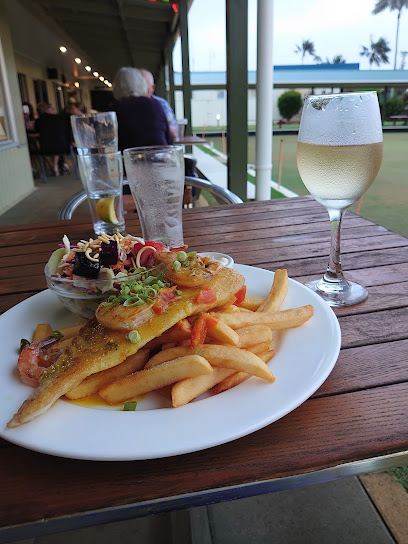
Bounty Bar & Grill
Experience exquisite Western cuisine at Bounty Bar & Grill on Norfolk Island - where every meal is a celebration of local flavors.
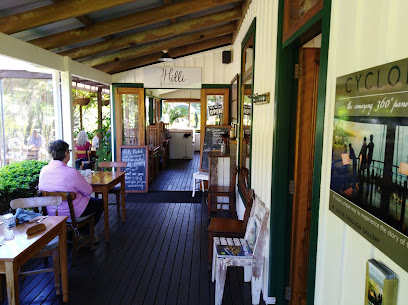
The Homestead Restaurant
Discover exquisite Western cuisine at The Homestead Restaurant on Norfolk Island, where local flavors meet breathtaking scenery.
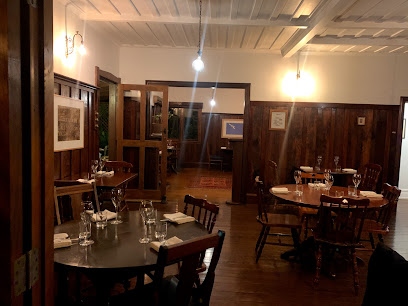
Norfolk Island Brewing
Experience the best of local craft beer at Norfolk Island Brewing - where every sip tells a story.
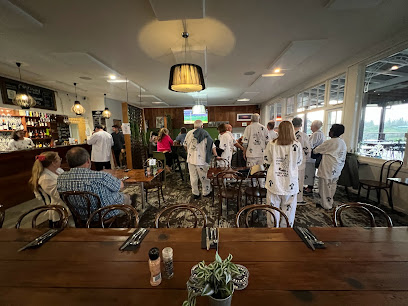
Salty Beer Garden
Discover family-friendly dining at Salty Beer Garden on Norfolk Island - delicious food and drinks in a relaxing outdoor setting.
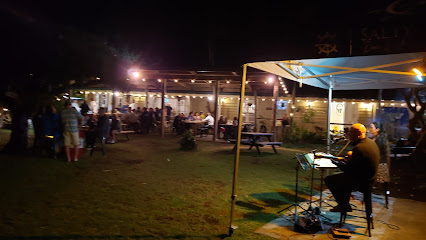
The Reef Takeaway
Discover The Reef Takeaway: Your go-to destination for delicious fish and chips on Norfolk Island.
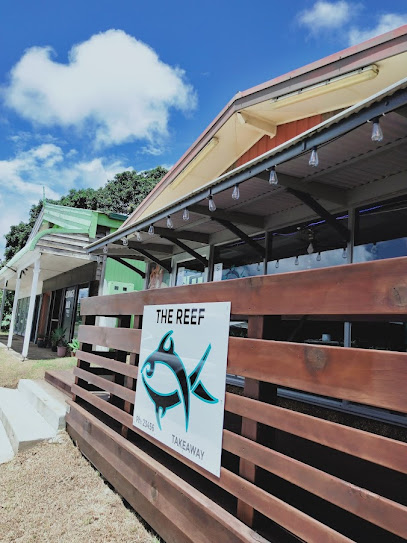
On Da Cliff
Discover On Da Cliff - Norfolk Island's premier seafood restaurant offering fresh flavors and breathtaking ocean views for an unforgettable dining experience.
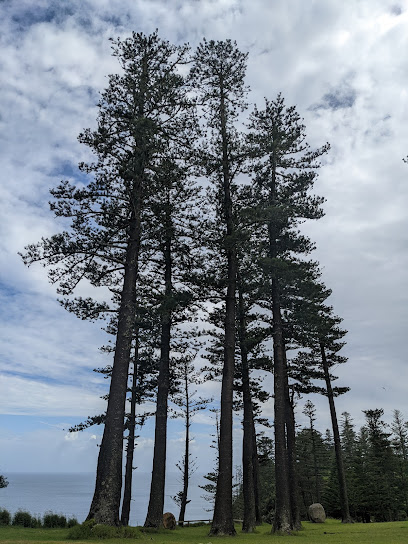
Bailey's
Experience exquisite local flavors at Bailey's Restaurant in Burnt Pine, Norfolk Island – where every dish tells a story.
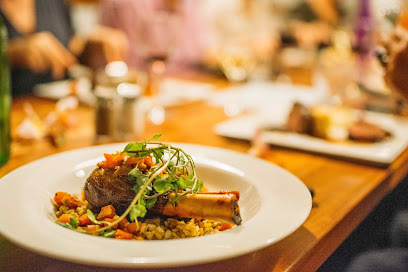
Enitaim Woodfired Pizza
Experience authentic wood-fired pizzas at Enitaim Woodfired Pizza on Norfolk Island - where flavor meets island charm.
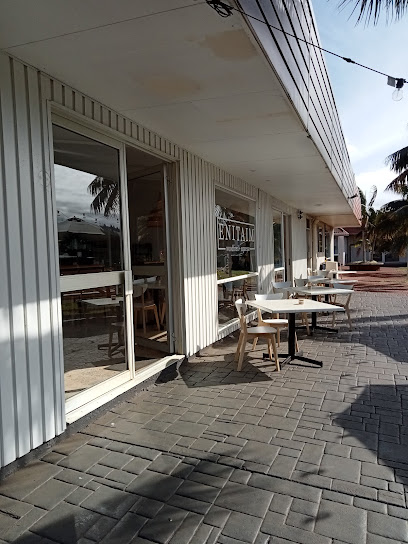
Lavender Farm, Fitzys Farm
Experience the serenity of Lavender Farm, Fitzys Farm with delicious ice cream and picturesque views on Norfolk Island.
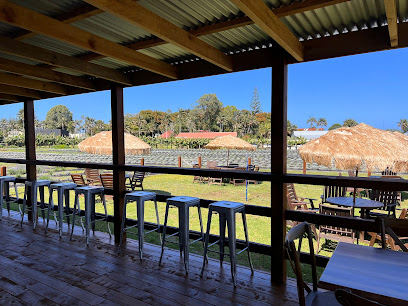
Slick's Deli
Discover the delightful flavors of Norfolk Island at Slick's Deli - your go-to spot for comfort food and local delicacies.
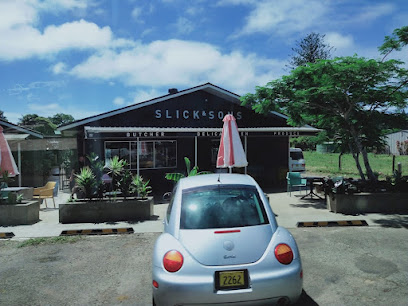
Juddway
Discover Juddway: A charming sandwich shop in Burnt Pine offering fresh local flavors perfect for tourists on Norfolk Island.
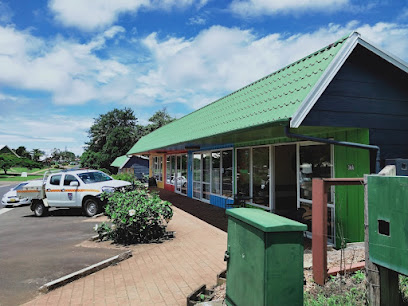
Aunt Mary's Kitchen
Discover the flavors of Norfolk Island at Aunt Mary's Kitchen, where local ingredients meet exceptional culinary artistry in a warm setting.
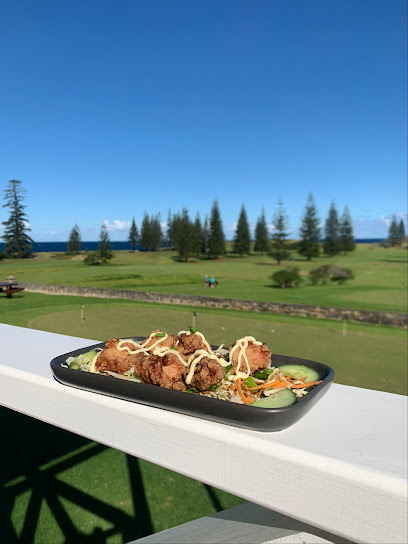
Markets, malls and hidden boutiques
Foodland Supermarket
Discover local delicacies and fresh produce at Foodland Supermarket, the heart of culinary shopping on Norfolk Island.
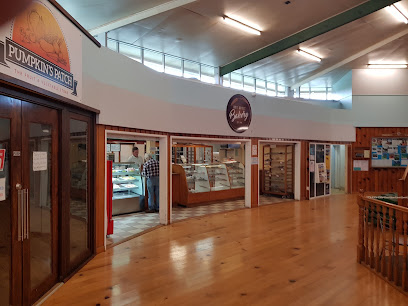
Norfolk Island Liquor Bond Store
Explore the Norfolk Island Liquor Bond Store for an exceptional selection of local and international spirits in a charming, welcoming atmosphere.

Pete's Place
Experience the charm of Pete's Place, a timeless general store in Norfolk Island where local treasures and warm hospitality await.
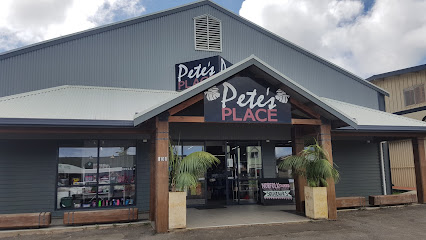
P & R Groceries
Explore P & R Groceries in Burnt Pine, Norfolk Island - your local grocery shop for fresh produce and international delicacies.

Burnt Pine Town Centre
Discover the charm of Burnt Pine Town Centre, the ultimate shopping destination on Norfolk Island, filled with local crafts, unique souvenirs, and delightful eateries.

Prinke Eco Store
Discover the charm of Prinke Eco Store in Norfolk Island, where sustainability meets delightful local coffee and fresh produce.
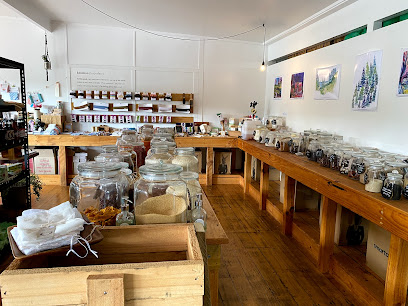
Norfolk Mall
Explore Norfolk Mall: A vibrant shopping hub offering local products, fresh food, and everyday essentials on Norfolk Island.
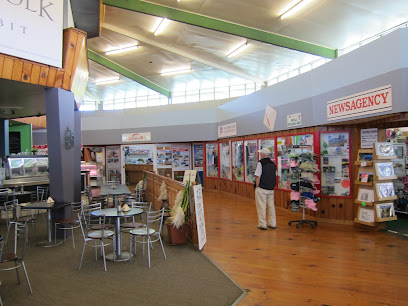
Burnt Pine Boutique Apartments
Experience the comfort of self-catering accommodations at Burnt Pine Boutique Apartments, your gateway to exploring the beauty of Norfolk Island.

Slick and Sons
Discover the gourmet delights of Slick and Sons, a butcher shop deli offering the finest local meats and specialty groceries on Norfolk Island.
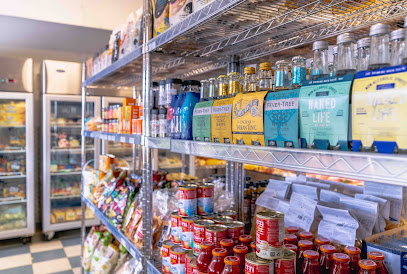
Wildcraft Norfolk Island
Discover local flavors at Wildcraft Norfolk Island, where fresh ingredients meet a warm café atmosphere in Burnt Pine.
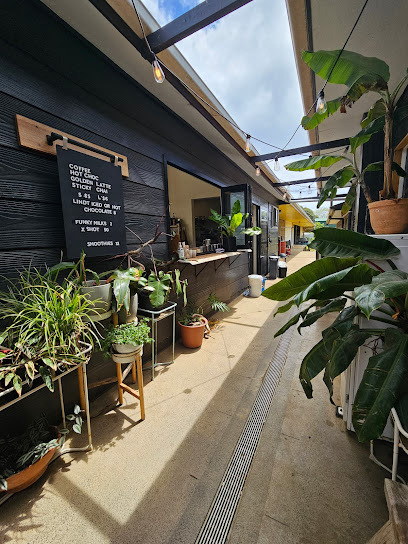
Seriously Chocolate
Indulge in the rich flavors of handcrafted chocolates and gourmet coffee at Seriously Chocolate, a must-visit café in Norfolk Island.
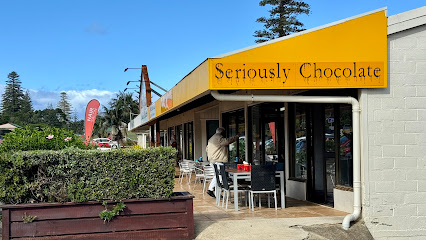
Latitude 29
Discover Latitude 29, a cozy coffee shop in Burnt Pine, Norfolk Island, where rich brews and warm hospitality await every visitor.
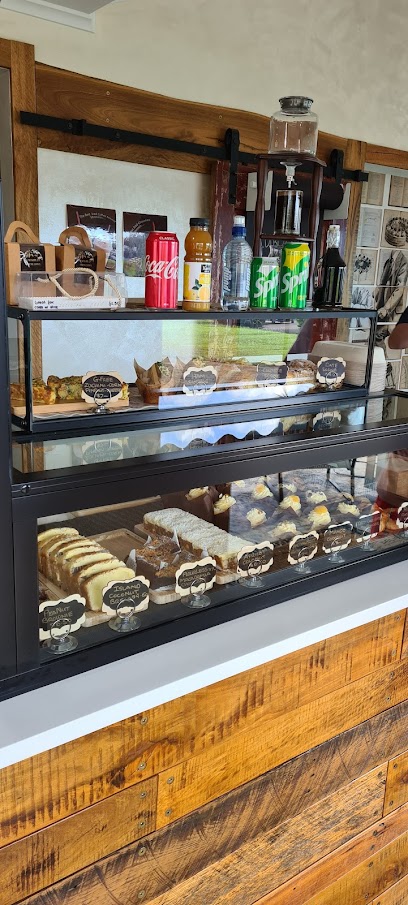
Bounty Centre
Explore Bounty Centre, the ultimate souvenir store in Burnt Pine, where unique local treasures await every traveler.

Sweeties Chocolate Factory
Discover the sweet side of Norfolk Island at Sweeties Chocolate Factory, home to delicious ice creams and exquisite handcrafted chocolates.

BJ's Jewellers
Explore BJ's Jewellers, a premier jewelry store in Burnt Pine, Norfolk Island, offering exquisite pieces and exceptional service for every occasion.
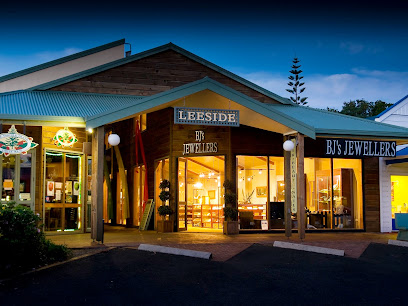
Essential bars & hidden hideouts
The Olive
Experience the taste of Norfolk Island at The Olive, where fresh ingredients and a friendly atmosphere meet to create unforgettable dining moments.
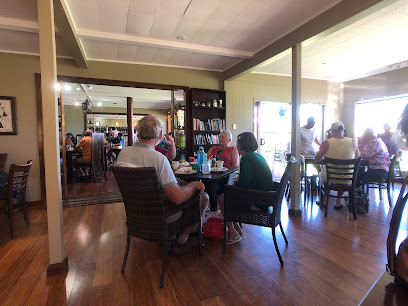
The Bowlo Bistro
Experience the taste of Norfolk Island at The Bowlo Bistro, where local flavors meet a vibrant culinary atmosphere.
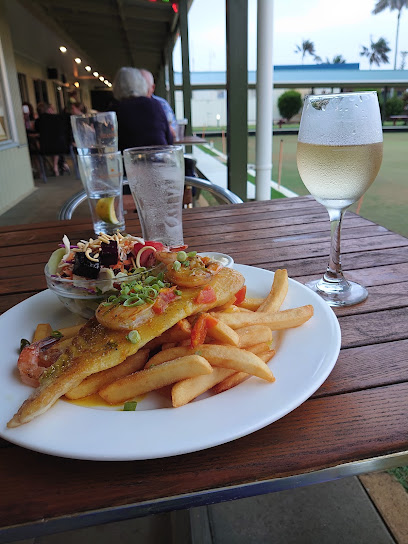
Bounty Bar & Grill
Experience the vibrant flavors of Western cuisine at Bounty Bar & Grill, Norfolk Island's culinary treasure, where every meal is a celebration of local ingredients.
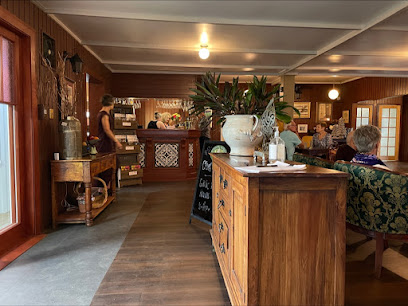
Norfolk Island RSL Memorial Club
Discover the vibrant community spirit at Norfolk Island RSL Memorial Club, where dining and entertainment come together in a welcoming atmosphere.
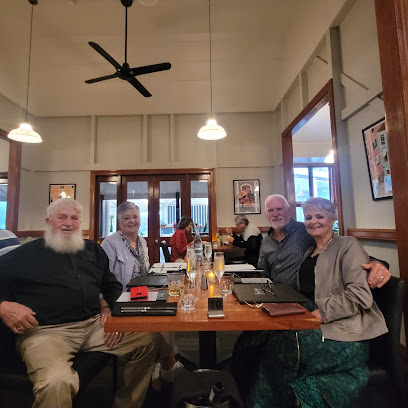
Castaway Norfolk Island & Norfolk Island Brewing
Experience the perfect blend of relaxation and local craft beers at Castaway Norfolk Island & Norfolk Island Brewing.

The Golden Orb Cafe
Discover the flavors of Norfolk Island at The Golden Orb Cafe, where delicious local cuisine meets stunning views in a cozy setting.

Norfolk Island Brewing
Discover the essence of Norfolk Island at Norfolk Island Brewing, where craft beer meets local charm and flavor.
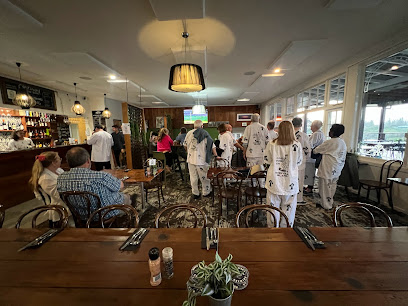
Salty Beer Garden
Experience family-friendly dining at Salty Beer Garden, where delicious food and refreshing drinks meet stunning outdoor scenery on Norfolk Island.
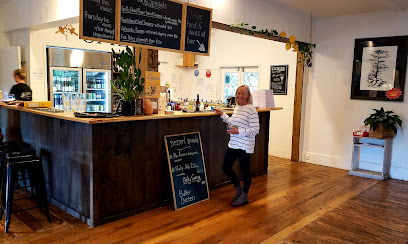
Black Anchor Bar
Discover the vibrant nightlife of Norfolk Island at the Black Anchor Bar, a top destination for drinks and local camaraderie.
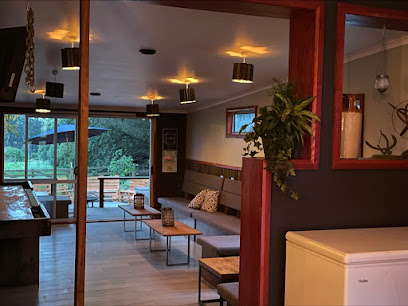
Wildcraft Norfolk Island
Experience the unique flavors and warm ambiance of Wildcraft Norfolk Island, a delightful café in Burnt Pine that captures the heart of the island.

The Reef Takeaway
Experience the authentic taste of Norfolk Island with mouthwatering fish and chips at The Reef Takeaway, a true island culinary gem.

Bailey's
Discover the exquisite flavors of Norfolk Island at Bailey's, where culinary excellence meets stunning ambiance and exceptional service.
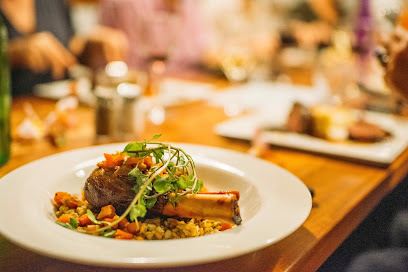
Enitaim Woodfired Pizza
Experience the rich flavors of woodfired pizza in the charming setting of Norfolk Island's Enitaim, where every bite tells a story.

Juddway
Discover the best sandwiches at Juddway in Burnt Pine, Norfolk Island, with fresh ingredients and local flavors that delight every palate.
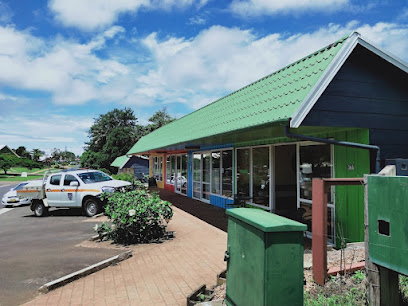
Aunt Mary's Kitchen
Discover the flavors of Norfolk Island at Aunt Mary's Kitchen, where local ingredients and warm hospitality create unforgettable dining experiences.
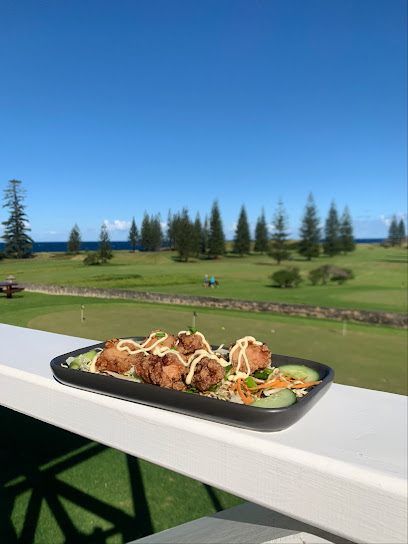
Local Phrases
-
- HelloWataweh
[Wa-ta-weh] - GoodbyeGudbai
[Gud-bai] - YesYa
[Ya] - NoNao
[Nao] - Please/You're welcomePlis
[Plis] - Thank youFankyu
[Fan-kyu] - Excuse me/SorrySari
[Sa-ri] - How are you?Haw yu duwin?
[Haw yu du-win] - Fine. And you?Fain. En yu?
[Fain. En yu] - Do you speak English?Du yu spiik Inglish?
[Du yu spiik Ing-lish] - I don't understandAi dong gudastan
[Ai dong gu-da-stan]
- HelloWataweh
-
- I'd like to see the menu, pleaseAi laik tu si di myunu, plis
[Ai laik tu si di myu-nu, plis] - I don't eat meatAi dong iit miit
[Ai dong iit miit] - Cheers!Chiaz!
[Chiaz] - I would like to pay, pleaseAi wud laik tu pei, plis
[Ai wud laik tu pei, plis]
- I'd like to see the menu, pleaseAi laik tu si di myunu, plis
-
- Help!Elp!
[Elp] - Go away!Go aweh!
[Go a-weh] - Call the Police!Kol di Polis!
[Kol di Polis] - Call a doctor!Kol a dokta!
[Kol a dok-ta] - I'm lostAi'm los
[Ai-m los] - I'm illAi'm il
[Ai-m il]
- Help!Elp!
-
- I'd like to buy...Ai laik tu bai...
[Ai laik tu bai] - I'm just lookingAi'm jas lukin
[Ai-m jas lu-kin] - How much is it?Ha moch iz it?
[Ha moch iz it] - That's too expensiveDats tu ekspenziv
[Dats tu ek-spen-ziv] - Can you lower the price?Kan yu lowa di prais?
[Kan yu low-a di prais]
- I'd like to buy...Ai laik tu bai...
-
- What time is it?Wat taim iz it?
[Wat taim iz it] - It's one o'clockItz wan aklak
[Itz wan a-k-lak] - Half past (10)Haf past (10)
[Haf past (10)] - MorningMawnin
[Maw-nin] - AfternoonAftanun
[Af-ta-nun] - EveningIvinin
[Iv-i-nin] - YesterdayYestadei
[Yes-ta-dei] - TodayTudei
[Tu-dei] - TomorrowTamara
[Ta-ma-ra] - 1Wan
[Wan] - 2Tu
[Tu] - 3Tri
[Tri] - 4Fo
[Fo] - 5Faiv
[Fai-v] - 6Siks
[Siks] - 7Seven
[Sev-en] - 8Eit
[Eit] - 9Nain
[Nain] - 10Ten
[Ten]
- What time is it?Wat taim iz it?
-
- Where's a/the...?Wea iz a/di...?
[Wea iz a/di] - What's the address?Watz di adres?
[Wat-z di a-dres] - Can you show me (on the map)?Kan yu shu mi (on di map)?
[Kan yu shu mi (on di map)] - When's the next (bus)?Wenz di neks (bas)?
[Wenz di neks (bas)] - A ticket (to ....)A tiket (tu ....)
[A tik-et (tu ....)]
- Where's a/the...?Wea iz a/di...?
History of Burnt Pine
-
Burnt Pine, located in Norfolk Island, has a history that dates back to the Polynesian explorers who first settled on the island. The early settlers likely arrived around the 14th or 15th century. However, evidence of their presence is limited to archaeological finds such as stone tools and remnants of ancient settlements.
-
The history of Burnt Pine took a dramatic turn when Norfolk Island was established as a penal colony by the British in 1788. Convicts were sent here as part of the British Empire's efforts to expand its territories. The island served primarily as a place of secondary punishment for the most incorrigible convicts. Burnt Pine, although not the central focus of the penal settlement, experienced significant changes during this period, including the establishment of infrastructure and the harsh living conditions imposed on the convicts.
-
In 1856, Norfolk Island became home to the descendants of the Bounty mutineers who had been living on Pitcairn Island. The entire population of Pitcairn Island was relocated to Norfolk Island, and they settled in various parts, including Burnt Pine. This period saw the blending of cultures and the establishment of a new community, which left a lasting impact on the local culture and traditions.
-
During World War II, Norfolk Island, including Burnt Pine, played a strategic role due to its location in the Pacific. The island was used as a base for both Allied and Australian forces. Key facilities were established, and the local population contributed to war efforts. The presence of military personnel and infrastructure development during this time left a mark on Burnt Pine's landscape and history.
-
In the post-war years, Burnt Pine evolved into the commercial and administrative hub of Norfolk Island. Modern amenities, shops, restaurants, and services began to flourish, transforming it into the vibrant center it is today. The town's development was influenced by its historical context, including the diverse cultural heritage brought by its various settlers over the centuries.
-
Burnt Pine is a testament to the island's rich cultural heritage, with influences from the Polynesian settlers, British penal colony, and Pitcairn Islanders. This unique blend is reflected in the local traditions, festivals, and daily life. Understanding Burnt Pine's cultural heritage provides a deeper appreciation for the community's resilience and adaptability through its complex history.
Burnt Pine Essentials
-
Burnt Pine is the main commercial hub of Norfolk Island, a small island in the Pacific Ocean. The primary way to reach Norfolk Island is by air. Flights are available from major cities in Australia, such as Sydney and Brisbane, as well as from Auckland, New Zealand. The Norfolk Island Airport (NLK) is just a short drive from Burnt Pine, and taxis or car rentals are available for the short transfer.
-
Getting around Burnt Pine and Norfolk Island is relatively easy. The island is small, and many places are within walking distance. Car rentals are popular and provide the most convenience for exploring the island at your own pace. Bicycles and scooters are also available for rent. There is no public bus service, but taxis can be arranged. Keep in mind that driving is on the left side of the road.
-
The official currency on Norfolk Island is the Australian Dollar (AUD). Credit cards are widely accepted in Burnt Pine's shops, restaurants, and hotels. However, it is advisable to carry some cash, especially for smaller establishments or if you plan to explore less commercial areas. ATMs are available in Burnt Pine for cash withdrawals.
-
Burnt Pine and Norfolk Island, in general, are considered very safe for tourists. Crime rates are low, and the community is known for its friendliness. However, standard travel precautions should always be taken. Keep an eye on personal belongings, especially in crowded areas, and avoid walking alone at night in secluded locations.
-
In case of an emergency, you can dial 000 for immediate assistance. The island has a small hospital located in Burnt Pine that can handle most medical emergencies. For minor health issues, there are pharmacies where you can purchase over-the-counter medications. It is advisable to have travel insurance that covers medical emergencies.
-
Fashion: Do dress comfortably and casually. The island has a relaxed atmosphere, but avoid overly revealing clothing. Religion: Do respect local customs and traditions, especially when visiting historical or cultural sites. Public Transport: Since there is no public transport system, do plan for alternative transport like car or bicycle rentals. Greetings: Do greet people with a friendly smile or a handshake. Locals are known for their welcoming nature. Eating & Drinking: Do try the local cuisine and be open to experiencing new dishes. Don’t be rude or dismissive when offered local food.
-
To experience Burnt Pine like a local, visit the local markets where you can buy fresh produce and unique island crafts. Engage with locals, who are often eager to share their knowledge about the island's history and culture. Don’t miss the chance to explore the beautiful nature trails and beaches around the island. Additionally, consider participating in local events and festivals to fully immerse yourself in the island’s community spirit.
Trending Landmark in Burnt Pine
-
The Olive
-
The Bowlo Bistro
-
Bounty Bar & Grill
-
Cumberland Resort and Spa
-
Norfolk Island National Park
-
Castaway Norfolk Island & Norfolk Island Brewing
-
The Golden Orb Cafe
-
Norfolk Island International Airport
-
St Barnabas Chapel
-
Aloha Apartments
-
Mount Pitt Lookout
-
Bounty Museum
-
Visitor Information Centre
-
High Tide Kitchen
-
Queen Elizabeth Lookout
Nearby Cities to Burnt Pine
-
Things To Do in Cascade
-
Things To Do in Kingston
-
Things To Do in Ball Bay
-
Things To Do in Phillip Island
-
Things To Do in Nouméa
-
Things To Do in Tadine
-
Things To Do in La Foa
-
Things To Do in Bourail
-
Things To Do in Paihia
-
Things To Do in Whangarei
-
Things To Do in Hienghène
-
Things To Do in Isangel
-
Things To Do in Lenakel
-
Things To Do in Auckland
-
Things To Do in Hamilton











